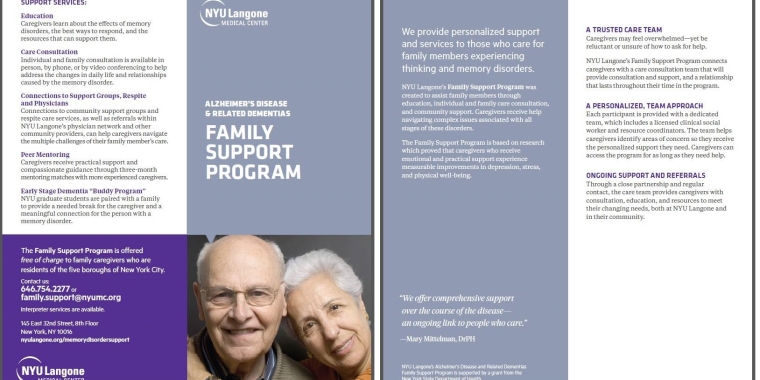
Retirement Plans Can Make Loans, Hardship Distributions to Sandy Victims
Martin J. Golden
January 29, 2013
IR-2012-93, Nov. 16, 2012
WASHINGTON — As part of the administration’s efforts to bring all available resources to bear to support state and local partners impacted by Hurricane Sandy, the Internal Revenue Service today announced that 401(k)s and similar employer-sponsored retirement plans can make loans and hardship distributions to victims of Hurricane Sandy and members of their families.
401(k) plan participants, employees of public schools and tax-exempt organizations with 403(b) tax-sheltered annuities, and state and local government employees with 457(b) deferred-compensation plans may be eligible to take advantage of these streamlined loan procedures and liberalized hardship distribution rules. Though IRA participants are barred from taking out loans, they may be eligible to receive distributions under liberalized procedures.
Retirement plans can provide this relief to employees and certain members of their families who live or work in the disaster area. To qualify for this relief, hardship withdrawals must be made by Feb. 1, 2013.
The IRS is also relaxing procedural and administrative rules that normally apply to retirement plan loans and hardship distributions. As a result, eligible retirement plan participants will be able to access their money more quickly with a minimum of red tape. In addition, the six-month ban on 401(k) and 403(b) contributions that normally affects employees who take hardship distributions will not apply.
This broad-based relief means that a retirement plan can allow a Sandy victim to take a hardship distribution or borrow up to the specified statutory limits from the victim’s retirement plan. It also means that a person who lives outside the disaster area can take out a retirement plan loan or hardship distribution and use it to assist a son, daughter, parent, grandparent or other dependent who lived or worked in the disaster area.
Plans will be allowed to make loans or hardship distributions before the plan is formally amended to provide for such features. In addition, the plan can ignore the limits that normally apply to hardship distributions, thus allowing them, for example, to be used for food and shelter. If a plan requires certain documentation before a distribution is made, the plan can relax this requirement as described in the announcement.
Ordinarily, retirement plan loan proceeds are tax-free if they are repaid over a period of five years or less. Under current law, hardship distributions are generally taxable. Also, a 10 percent early-withdrawal tax usually applies.
Share this Article or Press Release
Newsroom
Go to NewsroomSENATOR GOLDEN ANNOUNCES WAR ON DOLLAR VANS YIELDING RESULTS
September 22, 2016

SENATOR GOLDEN TO HONOR TEN NYPD OFFICERS OF THE 68TH PRECINCT
September 1, 2016

